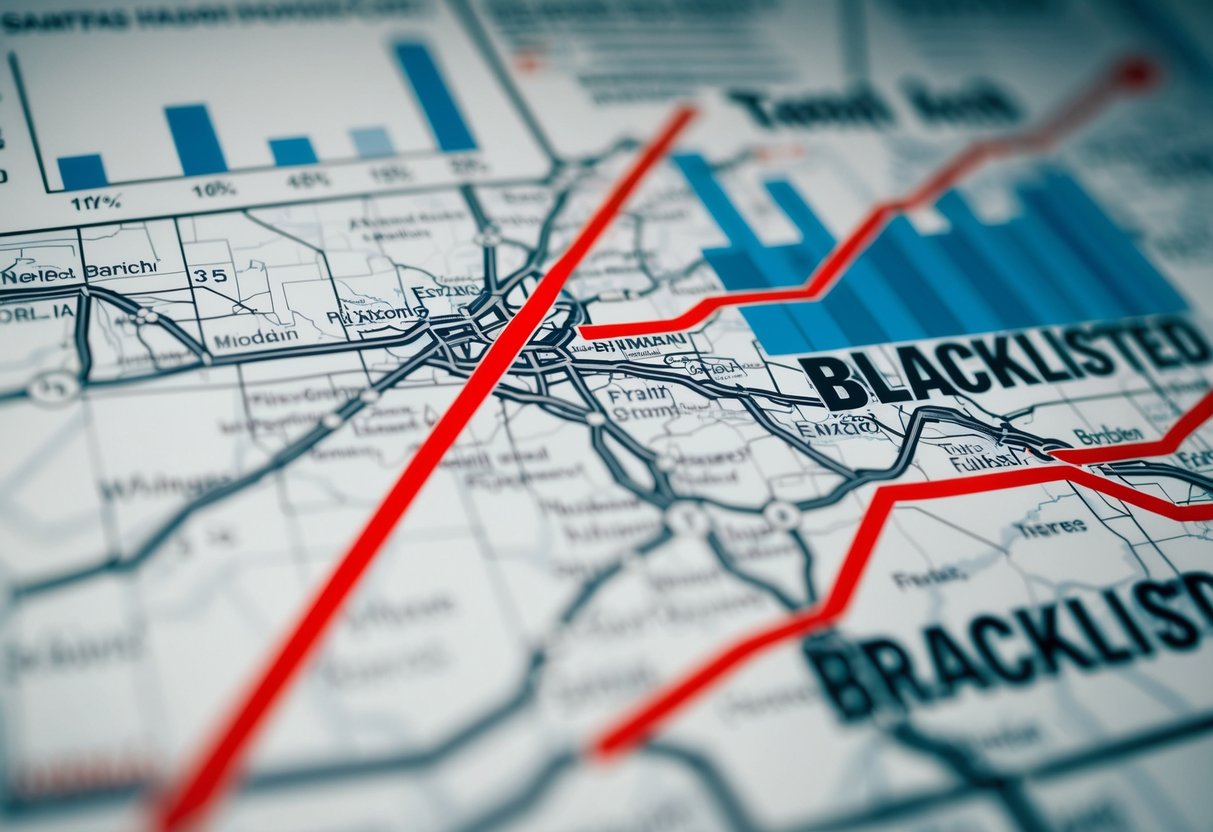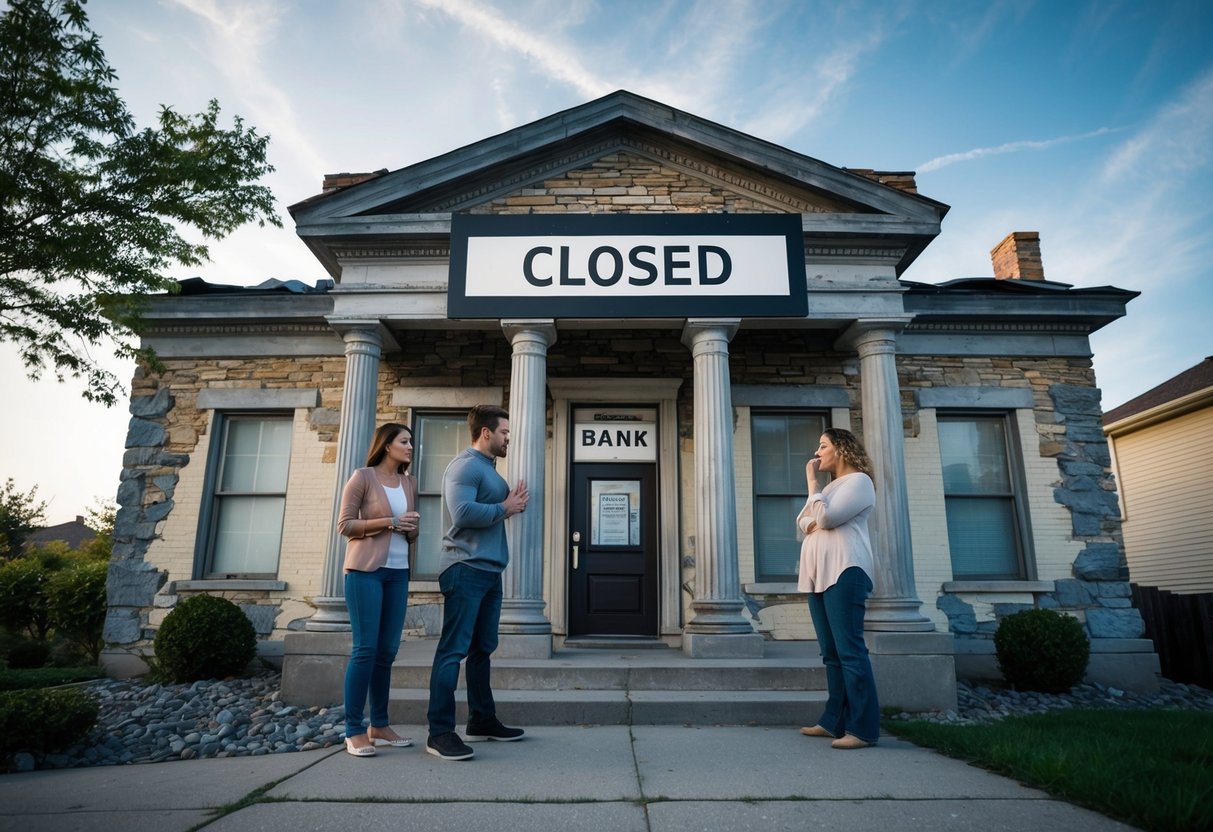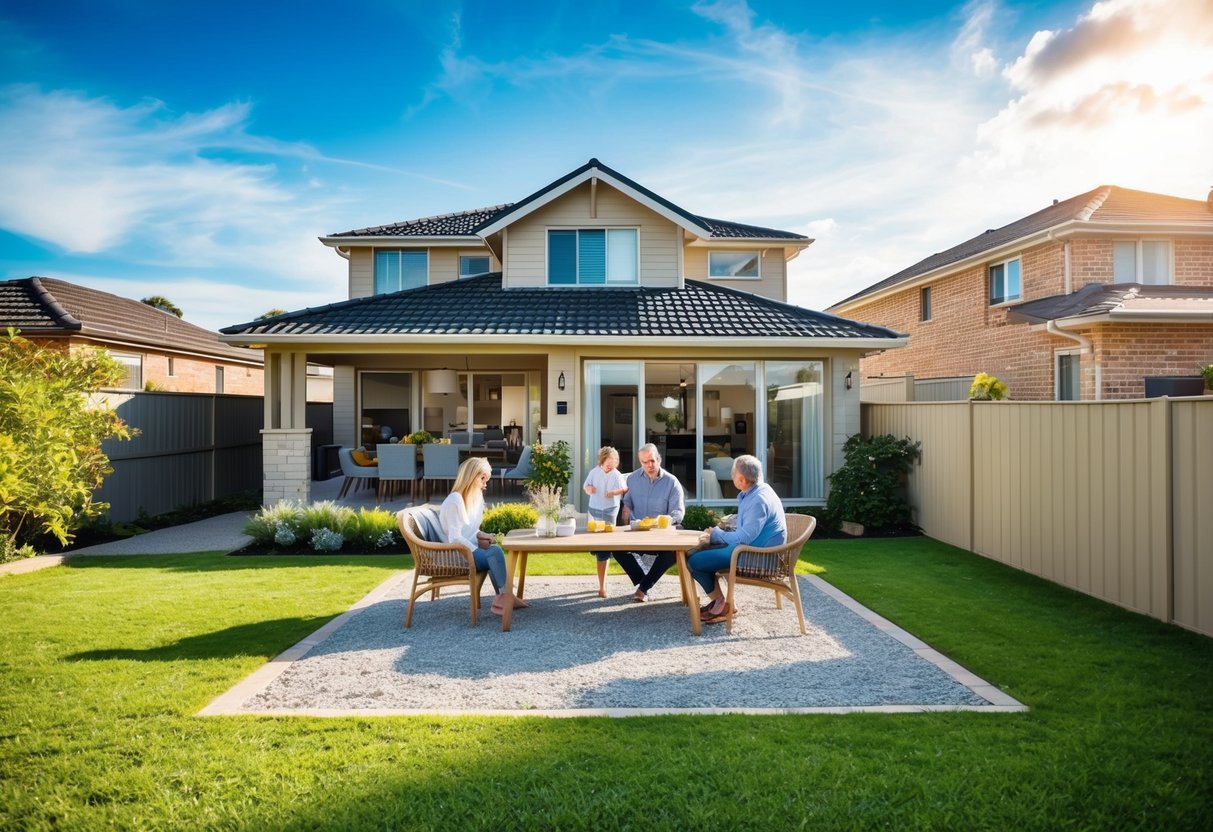Buying your first home in Australia can feel overwhelming, but various schemes and grants are designed to make the process easier for you. One of the key options is the First Home Guarantee (FHBG), which helps eligible buyers secure a portion of their home loan, making it possible to buy a home sooner. Additionally, the First Home Owner Grant (FHOG) offers a one-off payment to first-time buyers meeting certain criteria.
Various state-specific schemes also provide valuable support. For example, the First Home Buyers Assistance Scheme in New South Wales can either waive or reduce stamp duty for eligible buyers, depending on the property’s value. In Western Australia, there is a $10,000 grant for new builds, plus stamp duty exemptions for properties under a specific value.
The First Home Super Saver Scheme (FHSS) allows you to save for your first home through voluntary contributions to your super fund, offering tax benefits along the way. These schemes combined can significantly ease the financial burden when purchasing your first home, helping you turn your home-ownership dreams into reality.
Key Takeaways
- Various national and state schemes help make home ownership more affordable.
- Stamp duty concessions and grants are available based on eligibility.
- Super fund schemes offer a tax-efficient way to save for your first home.
Understanding First Home Buyer Schemes

In Australia, there are various schemes to help first home buyers enter the property market. These include grants, guarantees, and savings plans, each with particular benefits and requirements.
First Home Owner Grant (FHOG)
The First Home Owner Grant (FHOG) is a one-time payment to assist first home buyers with the costs of purchasing their first property.
- Amount: Up to $10,000, depending on the state or territory.
- Eligibility: Must be an Australian citizen or permanent resident above 18 years old.
- Property Requirements: The property value must usually be under a specific threshold, often $750,000 or less.
- Conditions: The home must be newly built or substantially renovated.
First Home Loan Deposit Scheme (FHLDS)
The First Home Loan Deposit Scheme (FHLDS) supports eligible buyers by allowing them to purchase a home with a smaller deposit.
- Minimum Deposit: As low as 5%.
- Lender’s Mortgage Insurance (LMI): Avoid paying LMI, which is typically required for deposits under 20%.
- Eligibility: Must be first home buyers who are Australian citizens over 18.
- Place Cap: Limited to a certain number of places per financial year, with 35,000 available for 2023-24.
Home Guarantee Scheme
The Home Guarantee Scheme includes several initiatives to help first home buyers.
- First Home Guarantee (FHBG): Part of this scheme helps buyers with low deposits.
- Guarantee: Up to 15% of the home loan value.
- Participating Lenders: Must secure loans through designated lenders.
- Additional Options: Includes the Regional First Home Buyer Guarantee and Family Home Guarantee with varying support levels.
First Home Super Saver Scheme (FHSS)
The First Home Super Saver Scheme (FHSS) enables individuals to save for their first home using their super fund.
- Voluntary Contributions: You can make extra contributions to your superannuation fund.
- Withdrawals: When ready to buy, request to withdraw the saved amounts.
- Limits: Contributions up to $15,000 in a single financial year, with a total limit of $50,000.
- Tax Benefits: Contributions are taxed at a lower rate, helping you save more efficiently.
State and Territory Specific Schemes
Each state and territory in Australia offers additional schemes and concessions.
- Stamp Duty Concessions: Reductions or exemptions on transfer duty.
- Additional Grants: Some regions provide extra grants for new builds or specific areas.
- Eligibility: Criteria vary by location and often depend on the value and type of property.
- Applications: Apply through local governments or relevant state offices.
Different regions might have unique requirements or additional benefits, so it’s crucial to check specific details for your area.
Eligibility Criteria
To access first home buyer schemes in Australia, you must meet specific criteria, which include income and price caps, residency and citizenship requirements, and the type of property.
Income and Price Caps
You need to meet certain income tests to qualify for first home buyer schemes. For example, the First Home Guarantee (FHBG) has income caps of $125,000 for singles and $200,000 for couples. These caps are assessed based on your taxable income from the previous financial year.
Price caps also apply and can vary depending on the location of the property. Metropolitan areas usually have higher price caps compared to regional areas. The cap ensures the scheme supports affordable housing and is accessible to those who need it most.
Residency and Citizenship Requirements
You must be an Australian citizen or a permanent resident to be eligible for these schemes. For some programs, like the First Home Guarantee, only citizens may qualify, while others may include permanent residents.
Your residency status will be verified through official documentation, ensuring the scheme benefits residents who are truly in need of assistance. It’s crucial to have your documents in order before applying.
Type of Property
The type of property you are purchasing also affects your eligibility. Both new and existing homes can qualify, including off-the-plan apartments. However, some schemes may have restrictions on the type of property.
For instance, properties can include houses, townhouses, apartments, and some duplexes. You need to ensure the property is within the price cap and meets all other criteria to qualify for the scheme. Being aware of these requirements can help you prepare adequately.
Financial Aspects of Buying a Home
When buying your first home in Australia, you need to consider various financial aspects. These include grants and concessions, savings and contributions, loans and mortgages, and stamp duty and other costs.
Grants and Concessions
Several grants and concessions are available to first-home buyers. The First Home Owner Grant (FHOG) offers $10,000 for homes valued up to $750,000, provided the home is less than five years old. The First Home Buyer Assistance Scheme (FHBAS) provides full transfer duty exemption for homes up to $650,000, and a partial exemption for homes valued between $650,000 and $800,000. Additionally, first-home buyers can benefit from zero transfer duty on vacant land up to $400,000 and reduced duty for land between $400,000 and $500,000.
Savings and Contributions
To buy a home, you must save enough for a deposit. One way to boost your savings is through the First Home Super Saver (FHSS) scheme, which allows you to withdraw up to $50,000 of voluntary super contributions. From 1 July 2024, you can contribute up to $30,000 per year to your super at a concessional tax rate of 15%. These funds can later be used for a home deposit. It’s important to budget and manage your savings carefully.
Loans and Mortgages
Most first-home buyers need a loan or mortgage. Under the First Home Guarantee (FHBG), the government guarantees up to 15% of the loan value, making it possible to buy a home with a smaller deposit. Participating Lenders offer these loans without Lenders Mortgage Insurance (LMI), which can save you money. There’s also the Family Home Guarantee, providing up to 18% for single parent families. These schemes can reduce the financial burden, but it’s crucial to understand the terms and ensure the loan suits your needs.
Stamp Duty and Other Costs
Stamp duty is a significant cost when buying a home. The FHBAS offers exemptions and reductions in stamp duty for eligible buyers. For example, no stamp duty is paid on homes up to $650,000. Other costs include legal fees, building inspections, and moving costs. These expenses can add up, so it’s important to plan for them. Remember to factor in regular expenses like council rates and insurance once you own the home.
By understanding these financial aspects, you can better prepare yourself for buying your first home in Australia.
Application and Settlement Process

Below is an explanation of the key steps involved in applying for and settling on a first home purchase in Australia, including specific procedures and important considerations.
Submitting Your Application
When you decide to buy your first home, the first step is to submit your application. You will need to find a Participating Lender approved by the government scheme you are applying for, such as the First Home Guarantee (FHBG) or the First Home Super Saver Scheme (FHSS).
Gather all required documentation, including proof of identity, income statements, and a completed application form. You will also need a Notice of Assessment from the Australian Taxation Office if you are using FHSS.
Discussing the terms of the loan with your lender is crucial. The lender will assess your eligibility and provide details on how much you can borrow, the deposit required, and the repayment terms. Make sure all information is accurate and up-to-date, as errors can delay the process.
Finalising The Purchase
Once your application is approved, you will move forward with finalising the purchase. Start by signing the Contract of Sale, which outlines the terms and conditions of your purchase. Review this contract carefully, and consider consulting a solicitor or conveyancer.
You will then pay the deposit, usually a percentage of the home’s purchase price. This shows your commitment to the transaction. After the deposit is paid, you will need to arrange a building and pest inspection to ensure the property is in good condition.
As settlement approaches, ensure all your financing is in place. On the settlement date, the final transaction takes place: your lender pays the remaining balance, and you take ownership of the property. This is also when you pay any additional fees, such as stamp duty and legal costs.
Being well-prepared throughout these steps can help you navigate the application and settlement process more smoothly.
Additional Support for Specific Buyers

Various programs in Australia are designed to offer extra help to specific groups of buyers, like single parents and those interested in shared equity schemes. These initiatives aim to make purchasing a home more accessible.
Support for Single Parents
Single parents can access the Family Home Guarantee, which allows eligible buyers to purchase a home with a deposit as low as 2%.
This program supports single parents with at least one dependent child, even if they have previously owned property. It mitigates the traditional 20% deposit requirement, making home ownership more feasible.
The scheme collaborates with participating lenders who can help you get a loan. Housing Australia administers this initiative on behalf of the government, aiming to support more families into secure housing.
Shared Equity Schemes
Shared equity home buyer schemes involve sharing ownership of a property with a government agency or private entity. This can make the initial cost of buying a home more affordable.
Under these schemes, you can buy a percentage of the property, while the other part is owned by the partner entity. Over time, you can purchase a larger stake in the property.
One active initiative is the Shared Equity Home Buyer Helper, which aims to reduce the financial burden on home buyers. These programs are particularly beneficial for those who do not have substantial savings but can manage regular mortgage payments.
Home Ownership Pathways

There are several ways to achieve home ownership in Australia. These pathways offer various options and programs designed to assist first home buyers in making informed decisions.
Building or Buying Property
House and Land Package: This option allows you to buy a vacant plot of land and a house design to go with it. It’s ideal if you want a brand new home and have specific design preferences. House and land packages are often available in new suburbs or estates.
Townhouse or Apartment: These are great options for those seeking lower-maintenance living. Townhouses usually share walls with neighbours but offer more space than apartments. Apartments provide the advantage of being in central locations, often close to work and amenities.
Help to Buy: The Australian Government offers various schemes like the First Home Guarantee. These programs help first home buyers get into the market sooner by reducing the required deposit or offering financial grants.
Vacant Land: If you prefer complete flexibility, buying vacant land is an option. This allows you to plan and build a custom home from the ground up. Be sure to check local zoning laws and land suitability before purchase.
Shared Ownership and Co-Investment Options
Shared Equity Scheme: This is where you buy a share of a property and the Government or another body owns the remaining share. Over time, you can buy out the other shares to own the property fully. This reduces the initial cost of entering the housing market.
Co-Investment: Similar to shared ownership but often involves private investors or family members. You and the co-investor both own parts of the property. This can be a practical way to afford a better home by sharing the financial load.
First Home Buyers Assistance Scheme: For properties under $800,000, first home buyers can get stamp duty exemptions. For homes between $800,000 and $1 million, partial concessions are available. This can significantly reduce your upfront costs.
These pathways provide various methods and financial support to make home ownership more accessible. Each option has its advantages, so it’s important to choose the one that best suits your financial situation and lifestyle.
Advice for First Home Buyers
Buying your first home is an exciting but complex process. To navigate it smoothly, seek professional advice and understand your rights as a buyer.
Seeking Professional Advice
Consulting professionals can help you make informed decisions. Mortgage brokers can help you find the best loan offers and explain the terms. Financial advisors can assist with budgeting and saving strategies, especially if you’re using schemes like the First Home Super Saver (FHSS).
Additionally, a conveyancer or property lawyer is crucial during the transaction. They’ll manage legal documents and ensure your interests are protected. These professionals can clarify conditions in contracts and identify any hidden pitfalls.
Always verify the credentials of any professional. Seek reviews or recommendations from people you trust. Their expertise can help you avoid costly mistakes and secure favourable terms.
Understanding Your Rights
As a first home buyer, you are entitled to certain rights and protections. Familiarise yourself with schemes like the First Home Guarantee (FHBG), which allows you to buy a home with a deposit as low as 5%. Stamp duty exemptions or concessions may also be available depending on your state and the property value.
Know the cooling-off period: This is a short timeframe after signing a contract during which you can cancel the deal without significant penalties. Each state has different rules.
You should also understand your rights regarding inspections. Get a thorough building and pest inspection before finalising your purchase. This can save you from future repair costs and complications.
Being aware of your rights can prevent exploitation and ensure a smoother buying experience.
Frequently Asked Questions
First home buyers in Australia can benefit from several schemes and grants designed to make buying a home more affordable. These include government incentives, state-specific grants, and various deposit requirements.
What incentives are available for first home buyers in Australia?
First home buyers can access several government schemes such as the First Home Buyer Grant (FHOG), the First Home Super Saver Scheme (FHSS), and the First Home Guarantee Scheme (FHBG). These incentives aim to reduce the financial burden and make homeownership achievable sooner.
How does the First Home Buyer Grant in Queensland operate?
In Queensland, the First Home Buyer Grant provides financial assistance to eligible buyers. If you’re buying or building a new home, you could receive $15,000 towards purchasing a property valued at less than $750,000. This grant is aimed at helping you enter the property market.
What are the requirements for the First Home Guarantee Scheme in 2024?
To qualify for the First Home Guarantee Scheme, you must be an Australian citizen, at least 18 years old, and purchasing your first home. The scheme allows you to buy with a deposit as low as 5%, and the government will guarantee up to 15% of the loan, reducing the need for lender’s mortgage insurance.
How much is the minimum deposit required for a first home buyer in Australia?
The minimum deposit required can vary, but generally, you need at least a 5% deposit of the property’s purchase price. Schemes like the First Home Guarantee allow you to buy with this lower deposit, helping reduce upfront costs and making it easier to save for your first home.
Can first home buyers in NSW benefit from specific government schemes?
Yes, first home buyers in New South Wales can benefit from the First Home Owner Grant (New Homes) scheme, which offers $10,000 for new homes valued at under $600,000. They can also apply for stamp duty exemptions or concessions on homes valued under certain thresholds, easing the financial load.
What process must first home buyers follow to access the Help to Buy scheme in Australia?
To access the Help to Buy scheme, you must apply through a participating lender. The process involves a standard loan application, but this scheme allows eligible buyers to share the cost of the home with the government. As a result, you can acquire a home with a smaller deposit and lower monthly repayments.








